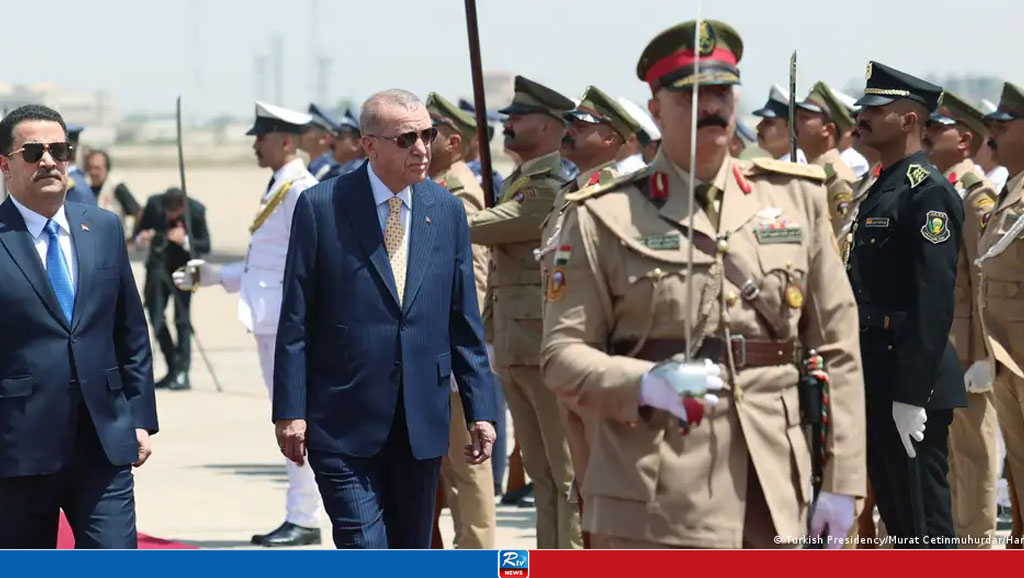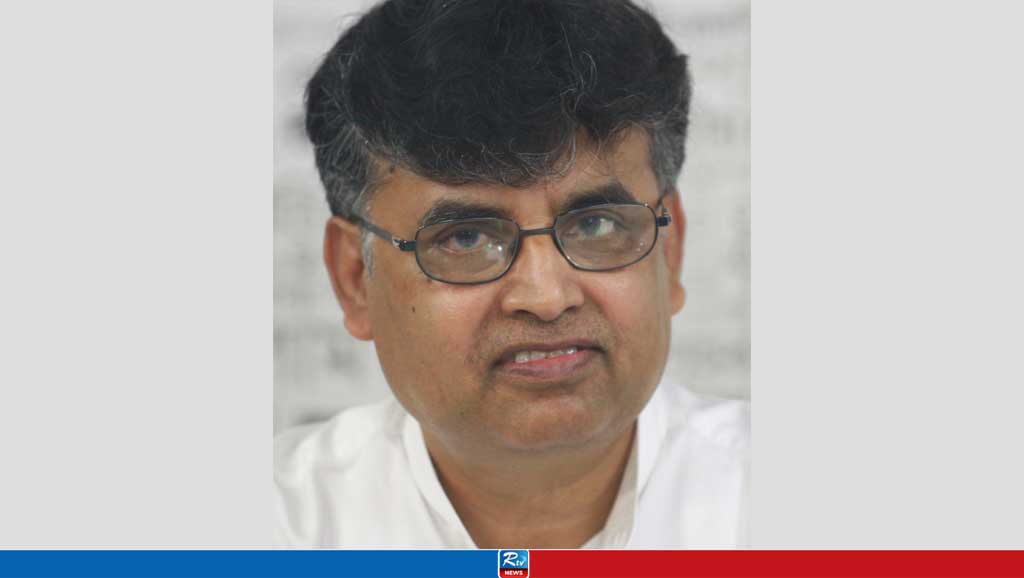India and Russia agree on 2-plus-2, in diplomatic balancing act
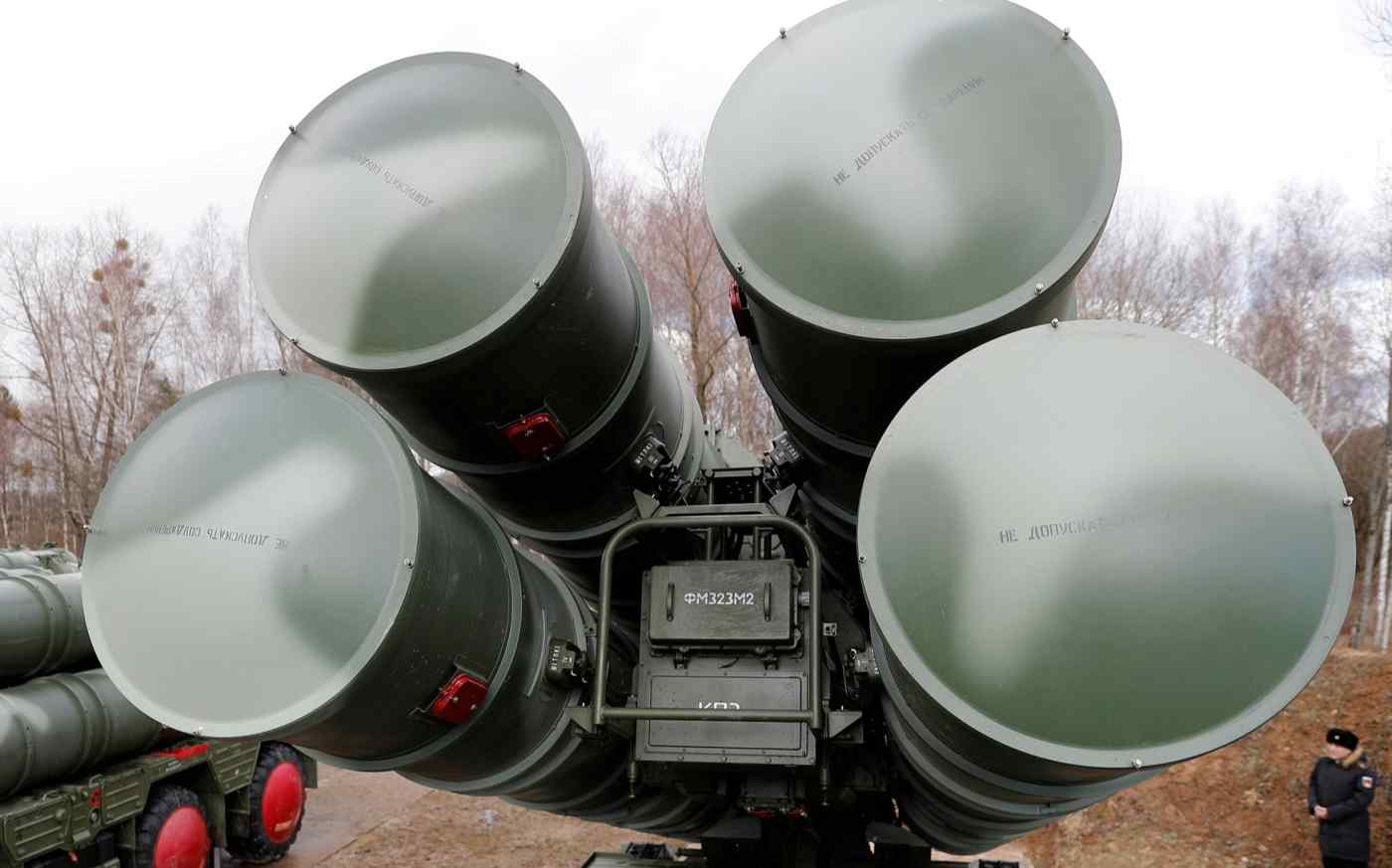
Indian Prime Minister Narendra Modi announced Wednesday that he and Russian President Vladimir Putin had agreed to establish a two-plus-two meeting between the two nations' foreign and defense ministers.
In a tweet, Modi said he had had an "excellent conversation with my friend President Putin," and that they had decided to launch a two-plus-two "to add further momentum to our strong strategic partnership."
The move likely comes as a blow to U.S. President Joe Biden's administration, which has been encouraging India to move away from Russian defense equipment and instead increase interoperability with the U.S. and its allies.
But analysts said that India was trying to balance its relationships -- perhaps avoiding being too reliant on the Quadrilateral Security Dialogue alone, as it counters China.
The Quad -- the U.S., Japan, India and Australia -- has emerged as a major political platform for like-minded countries in the Indo-Pacific. But India's traditional defense ties with Russia have held back deeper cooperation in the security field. India is Russia's largest customer of arms.
India currently has three "two-plus-two" dialogues, with the U.S., Japan and Australia. The new version with Russia will be the first outside the Quad.
The U.S. and India have convened three such meetings, with the latest held in October 2020, when then-U.S. Secretary of State Mike Pompeo and Defense Secretary Mark Esper visited New Delhi to meet External Affairs Minister S Jaishankar and Defense Minister Rajnath Singh.
India and Japan were planning to hold their second two-plus-two this month to pave the way for Japanese Prime Minister Yoshihide Suga's visit to India in May. Both events have been postponed due to the pandemic.
Since gaining independence in 1947, India has traditionally adhered to the principle of nonalignment. More recently it has adopted a foreign policy principle of strategic autonomy.
However, for defense equipment it has always turned to Russia. India has made Russian MiG fighter planes and Su-30 jets under license, and the two sides have collaborated to develop and produce supersonic BrahMos cruise missiles in India.
When Russian Foreign Minister Sergei Lavrov visited India earlier this month, he told reporters the two countries were discussing additional production of Russian military equipment in India.
Meanwhile, the U.S. has warned New Delhi that it could face sanctions if it proceeds with the purchase of Russian S-400 surface-to-air missile systems under a deal struck in 2018.
The timing of the announcement, coming at a moment when Washington's slow response to India's COVID crisis caused some consternation in Delhi, as did its recent freedom-of-navigation operations in India's exclusive economic zone, raise concerns about the state of U.S.-India relations.
But analysts said the India-Russia two-plus-two was more of a diplomatic balancing act.
Bonny Lin, a political scientist at Rand Corp., said that a number of regional countries, including India, Vietnam and Indonesia, are trying to broaden their diplomatic relationships "so that they are not necessarily reliant on any single external power in order to counter China."
Lin cited Vietnam's response in the South China Sea in 2019 as an example of how countries are trying a new response. "The Vietnamese used a Russian oil company that then employed a Japanese oil rig to push back against China."
China's response was milder compared to the reaction in 2014, Lin said. "So I see India's improving relationship with Russia as falling in similar lanes. India is trying to broaden its relationships and friendships, and I don't see any contradictions with the Quad at all."
Darshana Baruah, associate fellow with the South Asia Program at the Carnegie Endowment for International Peace, said the India-Russia two-plus-two should not be a setback for the Biden administration. "It’s one of those differences that would need to be managed," she said.
"Each country has its own priorities. For instance, despite being treaty allies, Japan has better relations with Iran than the U.S."
Michael Kugelman, deputy director of the Asia Program at the Wilson Center, said many "will be struck by the timing" of this announcement. "But there's a broader geopolitical story here: India is keen to keep its relationship with Russia on track, especially as Moscow scales up its ties with Pakistan."
Kugelman also sees a connection with the U.S. pullout from Afghanistan. India is committed to continuing its growing partnership with the U.S., "but it's also keen to maintain a substantive partnership with Russia, especially as the U.S. withdrawal raises the risk of considerable regional churn," he said.
Retired Lt. Gen. Gurmit Singh, India's former Deputy Chief of Army Staff, described the two-plus-two as an "excellent diplomatic development and a need of the hour."
Singh, who is now a distinguished fellow at the Centre for Land Warfare Studies, said that the bilateral relationship is "time and environment-tested," and that with a majority of Indian military equipment originating in Russia, there is a "natural bond for upgrading and modernization."
He said the purchase of the controversial S-400 is "in the healthy pipeline for defense cooperation."
Jeff Smith, research fellow for South Asia at the Heritage Foundation, said " India is a sovereign country that will pursue whatever diplomatic engagements it sees as in its national interest."
Smith noted that India has been holding more 2-plus-2 meetings with a growing number of countries in recent years and "it's not all that surprising Russia has been added to the list."
"India has established a 2-plus-2 with Australia, after all, a relationship that is maturing but not on the same level as India's traditional ties with Russia," he said.
Last November, India hosted its Quad partners in a naval exercise called Malabar 2020. The exercise was designed to enhance interoperability between the Royal Australian Navy, Indian Navy, Japan Maritime Self-Defense Force and the U.S. maritime forces.
The U.S. is increasingly looking to conduct joint exercises in the Indo-Pacific to counter China. But experts have noted that the prevalence of Russian equipment in the Indian military has made it difficult to link up with American hardware.
Source: Nikkei Asia
AH
Comments
Jacob Zuma barred from running in election
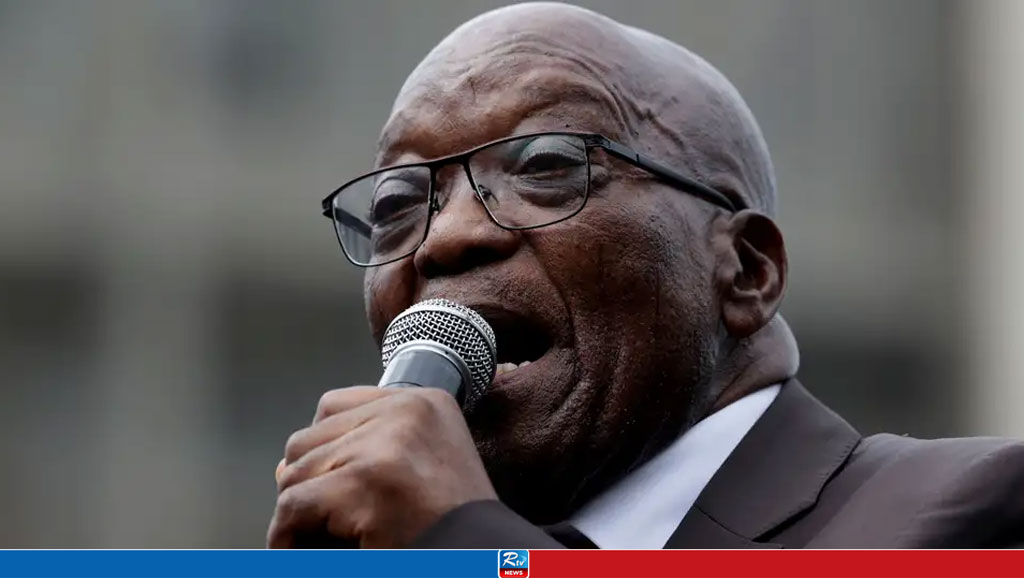
45 dead in South Africa bus crash, 8-year-old girl only survivor

World's most expensive cow sold for $4.3 million in Brazil

Turkey: Polls close in Erdogan's 'last election'

Italy is overtaking Germany as Europe's economic powerhouse
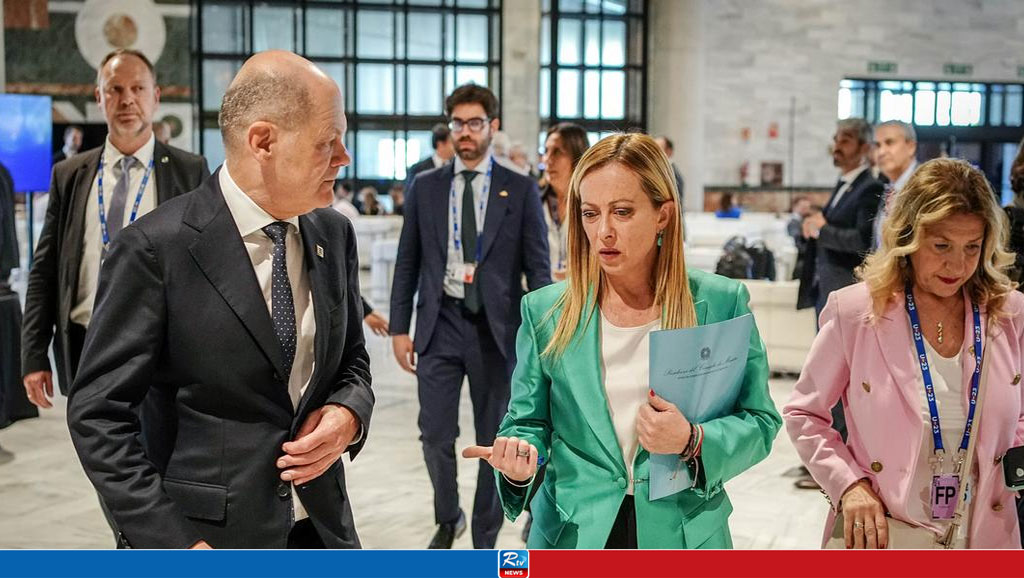
Lawmakers urge Biden to call out more Chinese biotech firms
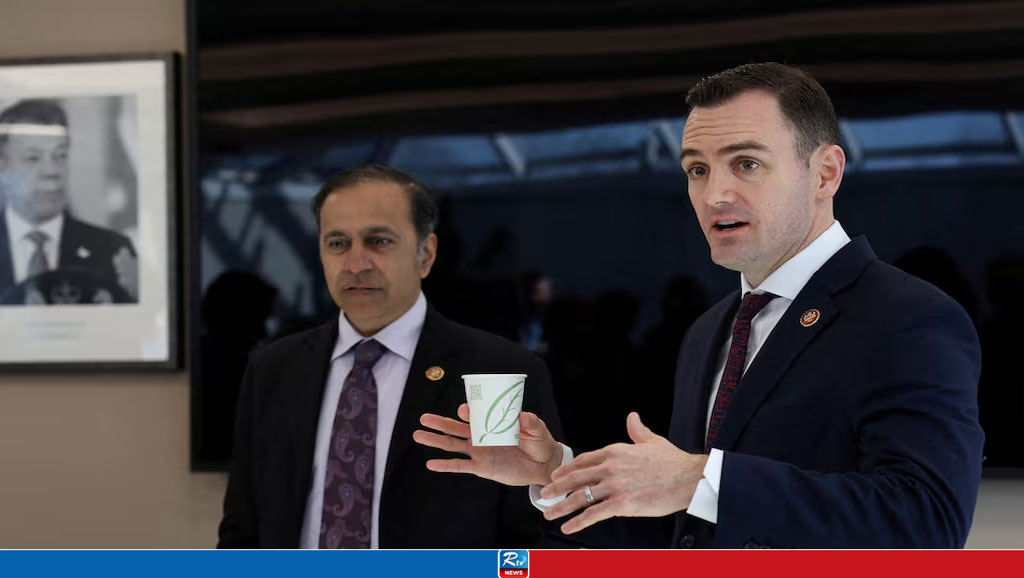
Gaza death toll crosses 33,000


 Live Tv
Live Tv

